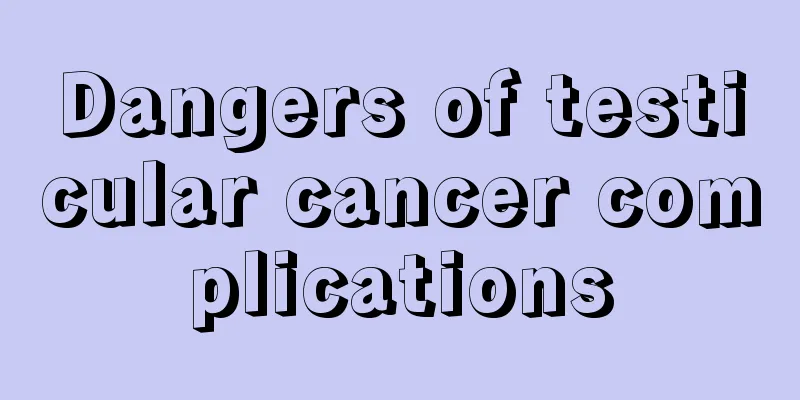How to effectively treat candidiasis?

|
The key to candidiasis is Candida albicans, which is a normal fungus that grows in the human body, mainly in the human mouth. If the number of Candida albicans in the human body does not exceed a certain value, it actually has no effect on the human body. However, if the human body's immunity decreases or the Candida albicans multiplies too much, candidiasis will occur. Candida albicans is a saprophytic fungus that is widely found in nature. It is one of the normal flora of the human body and usually lives in the human mouth, skin, mucous membranes, digestive tract, vagina and other organs. The white bacteria carrying rate in normal people can be as high as 40%; 85%-90% of the Candida isolated from the vaginal mucosa is white. The white one is the most pathogenic. Antifungal treatment 1. Nystatin can be taken orally and applied topically. For oral administration, 500,000 units each time, 4 times a day. For external use, it is in the form of suppositories, each suppository contains 250,000 units. 2. Fluconazole, also known as Dafluconazole, is usually taken orally once, 150 mg, to be effective, but it is easy to relapse after cure, so it is worth noting. 3. Itraconazole, also known as Sporanox, is generally taken at a dose of 100 mg twice a day for 10 consecutive days as a course of treatment. Topical medications for oral candidiasis 1. 2%~4% sodium bicarbonate solution (baking soda): used to clean the mouth before and after breastfeeding to eliminate residual curd or sugar that can decompose and produce acid, making the oral cavity alkaline and preventing the growth and reproduction of Candida albicans. It can also be used to clean nipples before and after breastfeeding to avoid cross-infection or repeated infection. 2. Genian violet aqueous solution: 0.5% concentration is suitable for oral mucosa, apply it 3 times a day to treat thrush and angular cheilitis in infants and young children. 3. Chlorhexidine: Apply 0.12% solution or 1% hot glue topically, rinse or gargle. It can also be combined with nystatin to form an ointment or cream. An appropriate amount of triamcinolone acetonide can also be added to treat angular cheilitis, denture stomatitis, etc. Alternating gargling with chlorhexidine solution and sodium bicarbonate solution can eliminate the gram-negative bacteria, the co-pathogens of Candida albicans. |
<<: Do you want to know some tips for getting rid of acne?
>>: What is the normal value of wbc and what is it used for?
Recommend
What is gastrointestinal decompression surgery
Everyone's gastrointestinal development and p...
What are the complications after cataract surgery?
Cataract is a relatively common eye disease, whic...
Closed comedones
The skin on the face is sensitive and most prone ...
What are the symptoms of thoracic diaphragmitis?
Pleural septitis is caused by tuberculosis infect...
What should I drink if I develop colitis early
We all know that for some patients with colitis, ...
What is the reason for itchy throat and cough?
The throat is always itchy, sometimes accompanied...
What are the diagnostic methods for renal cancer bone metastasis?
Kidney cancer has brought great pain to patients,...
How to avoid the sequelae of lumbar comminuted fracture?
Many diseases will have sequelae, and lumbar vert...
What kind of physique is not suitable for swimming?
Only by exercising continuously can the human bod...
What are the symptoms and characteristics of lung cancer
What are the symptoms and characteristics of lung...
What should I do if my tonsils become fester and I have a high fever?
Tonsils are subcutaneous lymphoid tissue located ...
Can melanoma be cured
Melanoma is a tumor caused by melanocytes in the ...
The hazards of post-loading radiotherapy for cervical cancer
Cervical cancer is one of the common malignant tu...
What plant is mustard made of
Mustard is made from a magical plant called musta...
The difference between carambola and star fruit
When it comes to carambola, I think most people i...









